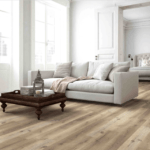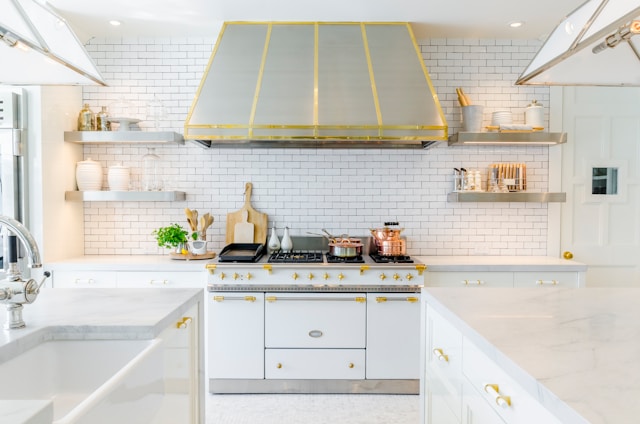When designing a kitchen or bathroom, the backsplash is more than just a practical addition—it’s a pivotal design element that can transform the space. Incorporating texture into your backsplash can elevate the overall aesthetic and create a visually engaging environment. In backsplash installation in Cedar Park, TX, there are a variety of textured materials and techniques available that can enhance your kitchen or bathroom’s design.
Understanding Textured Backsplash Materials
The choice of materials is crucial when adding texture to your backsplash. Options like stone, textured glass, embossed ceramic, and 3D peel-and-stick tiles offer unique surfaces that reflect light differently and add depth to the room. Each material brings its own unique vibe: stone provides a rustic or earthy feel, while embossed tiles can mimic the sophistication of carved wood or pressed metal.
The Impact of Natural Stone
Natural stone tiles, such as slate, travertine, or marble, bring an inherently rich texture that synthetic materials cannot match. The irregularities in the surface and variation in color of natural stone provide an organic, one-of-a-kind aesthetic. When used as a backsplash, natural stone acts as a striking focal point that adds both ruggedness and luxury to any cooking space.
Utilizing 3D Tiles for Dynamic Effects
3D tiles can create a dramatic impact on your backsplash design. These tiles come in various geometric shapes that cast shadows and create visual interest. With options ranging from waves and curves to more angular, architectural patterns, 3D tiles allow for a dynamic interaction with light, enhancing the kitchen’s atmosphere and adding a modern flair.
Combining Textures for Layered Designs
Mixing different textures can amplify the depth and complexity of your backsplash. Consider pairing glossy tiles with matte finishes, or smooth glass tiles next to rough stone pieces. This juxtaposition not only highlights each texture but also invites touch and closer inspection, making the backsplash not just a visual, but also a tactile experience.
Choosing the Right Grout
Grout plays more than a functional role—it can also be a design element. Using a contrasting grout color can highlight the texture of the tiles, outlining each piece and enhancing the overall pattern. Alternatively, a grout color that blends seamlessly with the tiles can create a subtle, sophisticated look that lets the textures speak for themselves.
Lighting to Enhance Textures
Proper lighting is essential to bring out the full effect of textured backsplashes. Under-cabinet lighting, for example, can accentuate the textures by casting shadows and highlights, adding depth and dimension. The placement and type of lighting should be considered to ensure that the textural elements are highlighted effectively.
Maintaining Your Textured Backsplash
While textured backsplashes can be more challenging to maintain than their smooth counterparts, proper care will ensure they remain beautiful for years. Regularly wiping down the backsplash to remove debris and occasionally using a gentle sanitizing solution can keep it looking its best. Be sure to use purifying methods appropriate for the specific materials to avoid damage.
A textured backsplash can dramatically transform the look and feel of your kitchen or bathroom, adding character and style to the space. Considering a backsplash installation in Cedar Park, TX, exploring the variety of textured options available can provide an opportunity to create a unique, inviting atmosphere. If you’re inspired to add texture to your backsplash, contact DECO Flooring to explore more about our products and installation services. Let us help you achieve the perfect blend of functionality and aesthetic appeal in your home.












